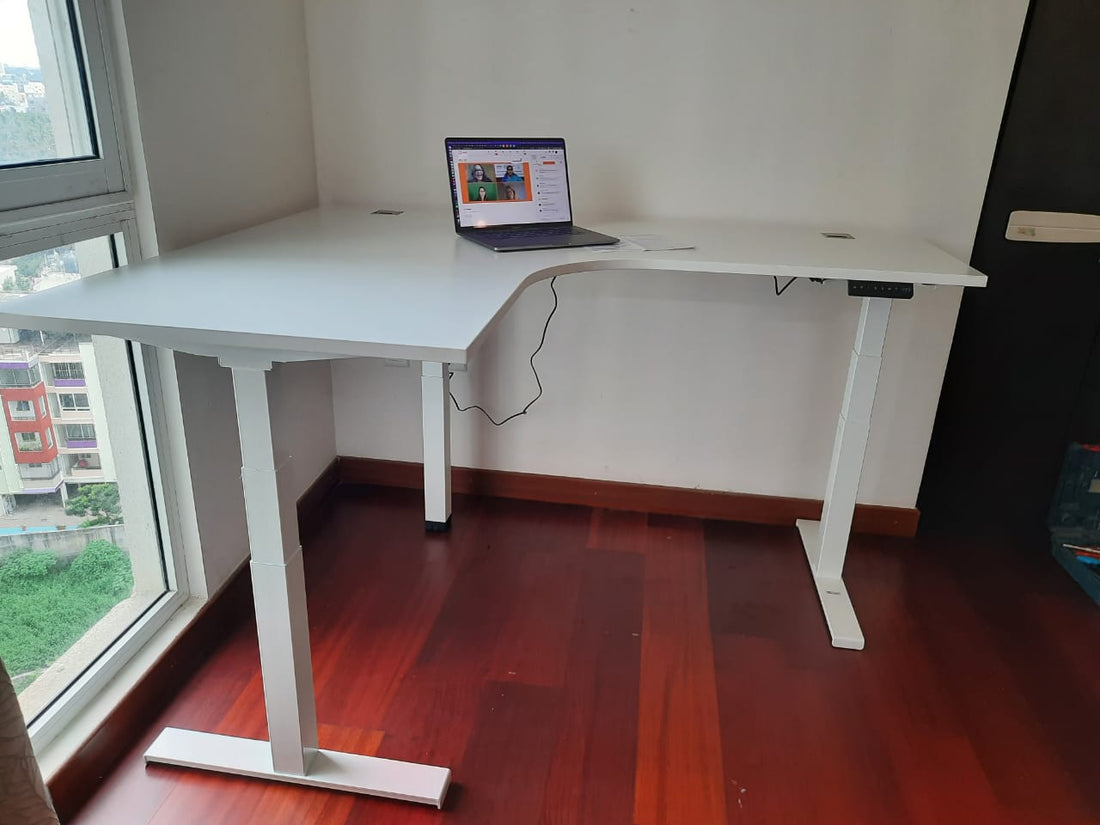
The Evolution of the Work from Home Table
The way we work has changed significantly in recent years, with many people now working from home. As a result, the work from home table has become more important than ever, playing a key role in productivity, comfort, and home design. This change reflects broader trends in workplace culture, technology, and design.
The Early Days: Makeshift Solutions
When remote work became popular, many people were caught off guard. At first, they often used dining tables, coffee tables, or even lap desks as makeshift workstations. However, these setups were not meant for long-term use and led to discomfort and inefficiency. Ergonomics were frequently ignored, causing poor posture and a higher risk of musculoskeletal issues.
The Rise of the Dedicated Workspace
As remote work became a lasting trend, the need for dedicated workspaces grew. People started investing in proper desks and office chairs, understanding the importance of a good work environment. Initially, home office furniture was functional, focusing on practicality rather than style. Desks with ample surface space, storage options, and basic ergonomic features became popular.
The Ergonomics Revolution
Ergonomics have become a key focus in home office design as people prioritize their health and well-being. Modern work-from-home (WFH) desks now feature adjustable heights for both sitting and standing, encouraging good posture and reducing the risks of a sedentary lifestyle. Standard features now include keyboard trays, monitor stands, and cable management systems.
Ergonomic workstations are designed to align the body naturally and minimize strain on the neck, back, and wrists. The addition of memory foam wrist rests and cushioned table edges highlights a commitment to comfort and health. This shift marks a significant move towards creating a workspace that supports long-term well-being.
Technology Integration
Adding technology to home offices was a big improvement. Now, desks come with power outlets, USB ports, and wireless chargers. This makes it easy to stay connected and reduces messy cords, creating a simpler workspace.
New smart desks are here too. They can adjust height, have built-in lights, and even track your health. These desks remind you to take breaks, sit properly, and suggest activities. By blending technology with furniture, these designs cater to tech-savvy workers, boosting productivity and comfort.
Customization and Modular Designs
The rise in popularity of modular desks is driven by the need for flexibility and personalization. These desks enable users to customize their workstations by mixing storage units, shelving, and extensions. They are designed to fit various room sizes and layouts, making them ideal for home offices of any configuration.
Functionality is another key feature of modular desks. Many models come with interchangeable components, allowing users to modify surface materials, adjust leg heights, and rearrange the layout as needed. This adaptability ensures that the desk can evolve alongside changing work habits and requirements, providing a versatile solution for working from home.
The Future of the WFH Table
In the future, working from home will continue to change, thanks to better technology and shifts in how we work. Sustainability will also be more important, focusing on eco-friendly materials and manufacturing methods. We'll see more desks designed for a circular economy, with parts that can be easily repaired, upgraded, or recycled.
Home office furniture will also get more high-tech. Augmented reality (AR) and virtual reality (VR) could make workspaces more interactive, boosting productivity and teamwork. AI-powered desks might even adjust for better ergonomics and offer health tips, making our home offices smarter and more personalized.
The changes in work-from-home tables show how our work habits are changing. Initially simple and quick fixes, these tables have evolved into ergonomic and stylish designs. This evolution highlights our increasing understanding of the importance of a thoughtfully designed workspace. As remote work becomes more common, these tables will continue to play a crucial role in creating environments that boost productivity, happiness, and creativity.
